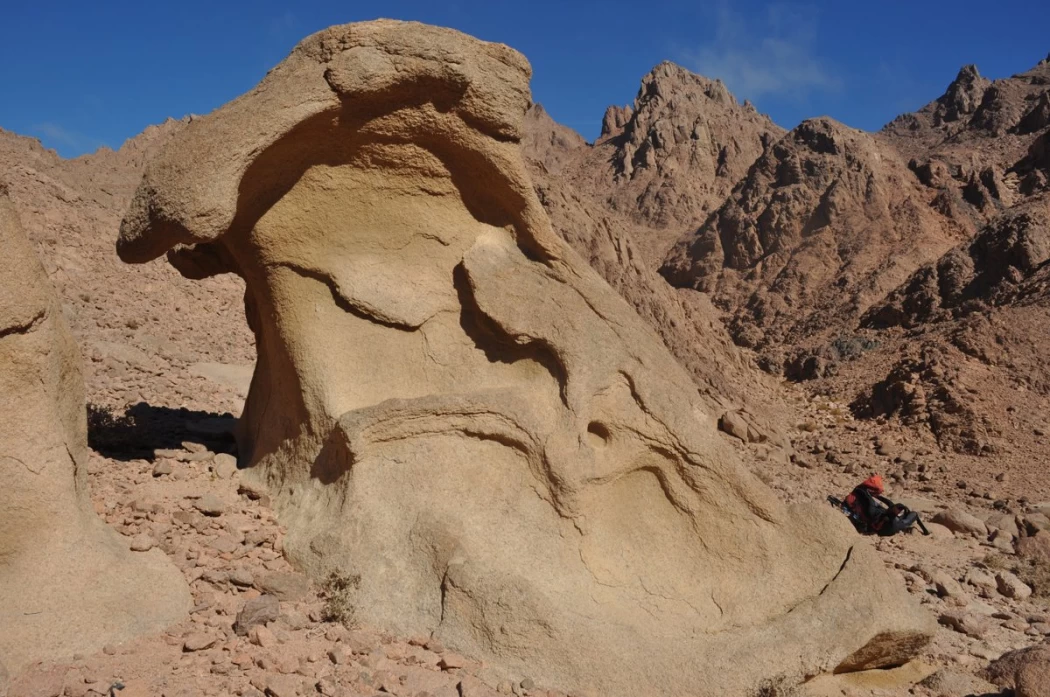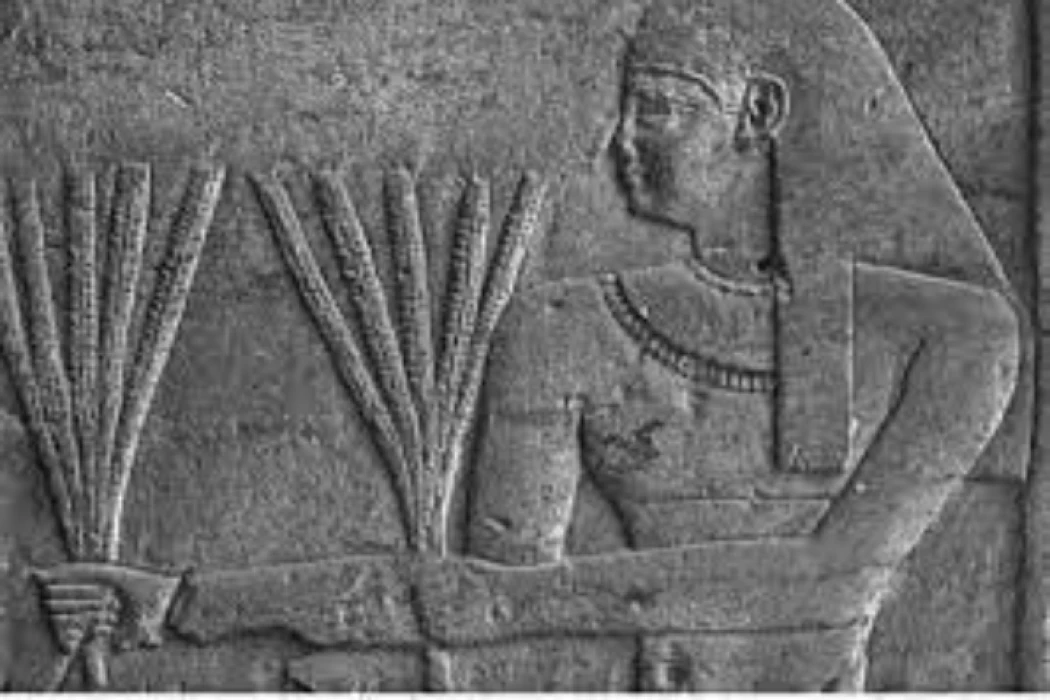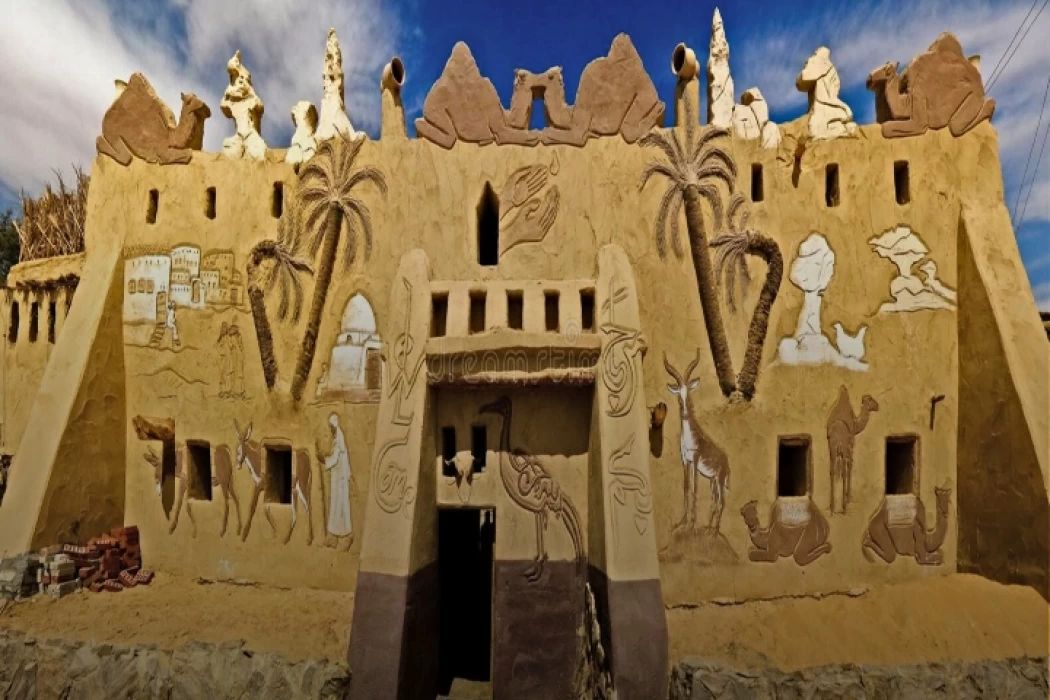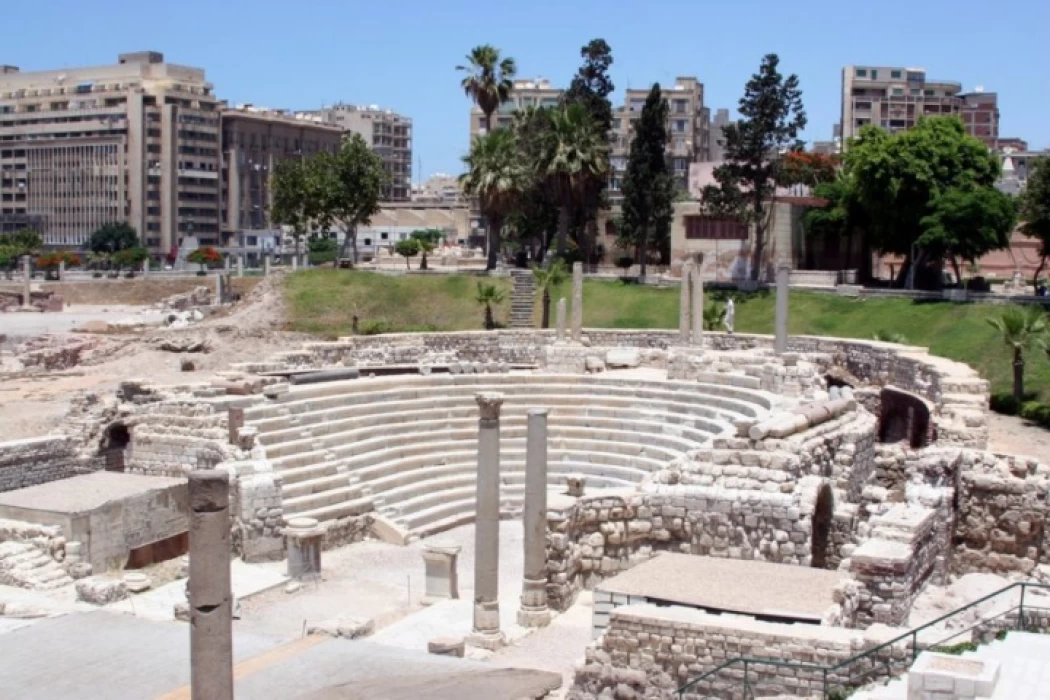
Sannur Valley Cave Protectorate
Wadi Sannur cave is a limestone cave covered with alabaster resulting from thermal springs, located 10 km southeast of the Egyptian city of Beni Suef
Discovery
The Sannurcave was discovered in the eighties after a quarry explosion created an entrance. The cave is 10 km southeast of the city of Beni Suef.
It is located 40 kilometers east of the city of Beni Suef and about 200 kilometers from Cairo. The Wadi Sannur cave extends about 700 meters underground with a depth of 15 meters, and the width of the cave reaches almost 15 meters. It is divided into two parts, one of which contains complete formations (descents and ascents) and the other contains calcium deposits of various forms. It is believed that there is another cave under this cave.
The Reserve
The unique geology and beautiful formations of stalactites and stalagmites led to its recognition as a nature reserve in 1992.
Wadi Sannur cave was discovered by chance during the extraction of Alabaster ore by quarrymen during the nineties of the twentieth century, where a gap appeared leading to a cave in the underground containing geological structures known as stalagmites and stalactites of alabaster stone that take beautiful shapes and these geological structures date back to the middle Eocene epoch, that is, from about 40 million years ago. As a result of the leakage of aqueous solutions saturated with calcium carbonate salts through the cave ceiling and then evaporated, leaving these mineral salts, which accumulated in the form of deposits of stalagmites and stalactites.
The importance of this cave is due to the rarity of these natural formations in the world, and the Reserve is considered a unique cultural world shrine for researchers and studies in the field of Geology, and the studies conducted at this site and nearby sites help to discover future mineral resources.
Latest Articles
Admin
Regin of Abbas I of Egypt | Abbas Pasha I
Abbas has been often described as a mere voluptuary, but Nubar Pasha spoke of him as a true gentleman of the "old school". He was seen as reactionary, morose and taciturn, and spent nearly all his time in his palace. He undid, as far as lay in his power, the works of his grandfather, both good and bad.
Admin
Story of Gabal Shayeb Al Banat - Red Sea Mountain
Jabal shayb al-banat is one of the Red Sea Mountains in the eastern desert in Egypt, located to the west of the city of Hurghada at a latitude of 27 degrees north and a longitude of 33.5 degrees east of the Greenwich line approximately, this mountain is the highest mountain peak in the eastern desert with a height of up to 2185 meters, it is a prominent mass of igneous rocks
Admin
Neper God Of Grain
Neper was the deity of grains, particularly cereals that were important in Ancient Egypt, such as wheat and barley. It was stated that he foretold when the crops would grow, be harvested, and disappear.
Admin
Badr Museum in Farafra
The Badr Museum is located in a mud building, which is the common home found in this medieval part of Egypt. All of the artwork that was created by the artist is quite unique. His work almost always depicts life in the Farafra Oasis and he provides the work through both painting and sculpting.
Admin
Djoser
Djoser was an ancient Egyptian pharaoh of the 3rd Dynasty during the Old Kingdom and was the founder of that epoch. He is also known by his Hellenized names Tosorthros (from Manetho) and Sesorthos (from Eusebius). He was the son of King Khasekhemwy and Queen Nimaathap, but whether he was also the direct successor to their throne is unclear. Most Ramesside king lists identify a king named Nebka as preceding him, but there are difficulties in connecting that name with contemporary Horus names, so some Egyptologists question the received throne sequence. Djoser is known for his step pyramid, which is the earliest colossal stone building in ancient Egypt
Admin
Kom Al Dikka Alexandria
Kom El Deka, also known as Kom el-Dikka, is a neighborhood and archaeological site in Alexandria, Egypt. Early Kom El-Dikka was a well-off residential area, and later it was a major civic center in Alexandria, with a bath complex (thermae), auditoria (lecture halls), and a theatre.













